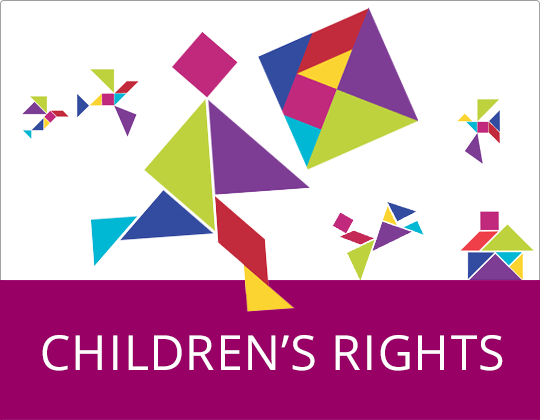While the exact number of Online Child Sexual Exploitation and Abuse (OCSEA) victims is unknown, reports show that tens of thousands of children, of all ages, fall victim to OCSEA each year. This crime is often transnational in nature and ever evolving. To ensure effective investigation and prosecution of this crime law enforcement, judges and prosecutors must receive adequate training and materials.
In this context, the Council of Europe is recruiting consultants to implement the following activities:
- Prepare a review of training strategies and materials on OCSEA available to Law Enforcement officers in selected countries,
- Prepare a review of training strategies and materials on OCSEA available to Judges and Prosecutors in selected countries,
- Develop a pilot training module on the international substantive criminal and procedural law standards applicable to OCSEA, including child-friendly justice principles and e-evidence.
These activities will be implemented in the following countries: Armenia, Azerbaijan, Georgia, Republic of Moldova and Ukraine.
Applicants are invited to consult the call and documentation below and to send the required forms, a CV, and a draft methodology proposal in English to the e-mail address specified in the call by Thursday 11 July 2019.
This activity is implemented under the following projects:
- End Online Child Sexual Exploitation and Abuse @ Europe (EndOCSEA@Europe) implemented by the Children’s Rights Division and the Cybercrime Programme Office of the Council of Europe (C-PROC);
- Protecting children from sexual exploitation and sexual abuse in the Republic of Moldova;
- Responding to Child sexual exploitation and abuse in Georgia, phase I.
The Council of Europe gratefully acknowledges the financial support provided for this programme by the Fund to End Violence Against Children.
Terms of reference for Judges and Prosecutors OCSEA training review
Act of Engagement Judges and Prosecutors OCSEA training review
Terms of reference for Law enforcement OCSEA training review
Act of Engagement for Law enforcement OCSEA training review
Terms of reference for OCSEA training module development





